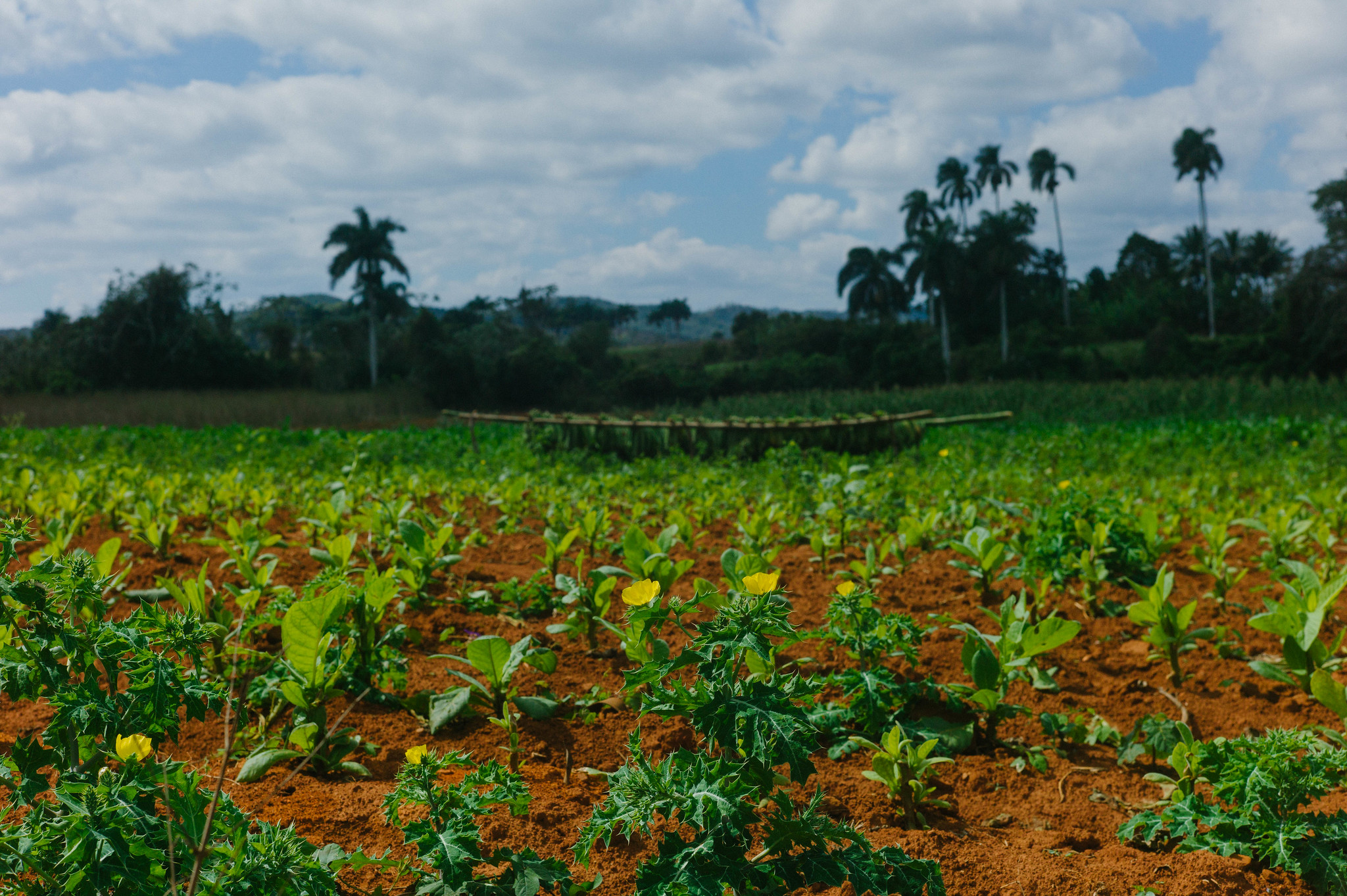From producer to gas station

Behind your pack of cigarettes lies a host of data
Someone just paying for a pack of cigarettes at the gas station probably won't think about it, but the entire journey that pack has taken to get to them can be read right off the label. If you know where to look, that is.
Around the world, national governments have rules regarding the traceability of tobacco products. From 2024 onwards, the European TPD2 directive requires every tobacco product, from shag to cigar to water pipe, to have a track & trace code. This way the government knows where the product goes, and the consumer where it comes from. In addition, illegal counterfeit of questionable quality does not get a chance to worm its way in somewhere in the logistic process.
Does this mean that a smoker can check at a glance which factory produced his cigarette? No, unfortunately. The codes are encrypted to prevent forgery. However, with the right software, a world of data becomes available. For example, the code tells:
- At what location and what date the product was made
- Which machine was used, and at what time
- In which category the product falls
- Which company will sell the product (the Economic Operator ID)
- To which specific point of sale the product will be delivered (the Facility ID)
- Which route the product will take to get there
All this information is applied in the factory by a dedicated track and trace machine. DJURA has been a leader in this field for years, thanks to their unique equipment that reduces serialization, validation and aggregation to one machine. Effortlessly fitting into any production process, and deployable for any (inter)national coding system - EU, UK, Russia or anywhere in the world. At the same time DJURA checks for imperfections and damages in the packaging, and removes products that do not meet quality requirements.
Wondering what other clever things DJURA has up its sleeve? Find out at djura-technologies.nl

